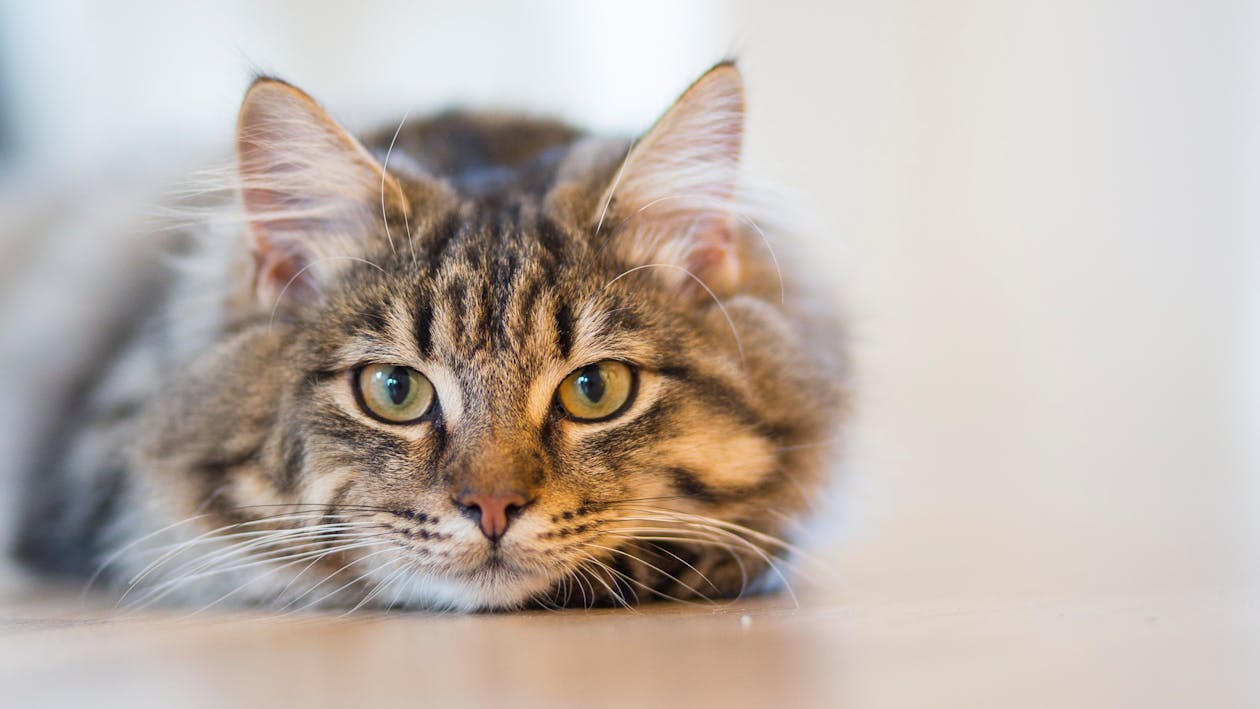Catnip is a well-known feline favorite, known to send cats into a frenzy of playful, sometimes bizarre behavior. But what exactly is catnip, and why do so many cats go wild for it? Let’s dive into the science behind catnip, the plant’s effects on felines, and why not all cats react to it.
What Is Catnip?
Catnip, scientifically known as Nepeta cataria, is a herb from the mint family (Lamiaceae). It grows naturally in parts of Europe, Asia, and North America, and has been used for centuries in both herbal medicine and as a feline stimulant. The key compound responsible for catnip’s magical effect on cats is called nepetalactone, which is found in the leaves and stems of the plant.
How Does Catnip Affect Cats?
When a cat sniffs or eats catnip, the nepetalactone enters its nasal tissue and binds to receptors in the brain. This triggers a response in the cat’s olfactory system, stimulating sensory neurons and releasing mood-altering chemicals. The result? A temporary, euphoric experience that’s often described as similar to a human “high.” Here are some common behaviors cats exhibit when exposed to catnip:
- Rolling around or rubbing their face on the catnip: Cats often seem to be “blissed out,” rolling around in ecstasy.
- Hyperactivity and playfulness: They may suddenly sprint around the house, chase toys, or exhibit behavior similar to a kitten.
- Vocalizations: Some cats meow more than usual or purr louder when under catnip’s influence.
- Relaxation: After the initial burst of energy, many cats will become very calm and may even fall asleep.
These effects generally last for 5 to 15 minutes, after which the cat becomes temporarily “immune” to catnip’s effects for about an hour or two.
Why Do Cats React to Catnip?
Scientists believe that nepetalactone acts as a natural insect repellent for the plant, but for cats, its allure is purely biological. Around 70-80% of cats are genetically predisposed to respond to catnip. The trait is inherited, meaning some cats, including big cats like lions and tigers, will react to catnip, while others, especially kittens and elderly cats, may show little to no response.
Interestingly, sensitivity to catnip is related to a dominant gene. If a cat inherits the catnip-sensitivity gene from at least one parent, it will likely respond. Conversely, if a cat lacks this gene, catnip will have no effect on them.
Is Catnip Safe?
The good news for cat owners is that catnip is completely safe for cats. There are no known harmful effects, and it’s not addictive. However, too much catnip ingestion can sometimes cause mild gastrointestinal upset in cats, leading to vomiting or diarrhea. Moderation is key when giving cats access to catnip.
You can offer catnip in various forms, such as dried leaves, fresh plants, catnip-stuffed toys, or even catnip sprays. Cats enjoy both smelling and eating catnip, but sniffing tends to cause a more intense reaction compared to ingesting.
Alternatives to Catnip
If your cat is one of the few that doesn’t react to catnip, there are other plants that may trigger a similar response. Some cats enjoy silvervine, tatarian honeysuckle, or valerian root, which contain compounds similar to nepetalactone. These can provide an equally exciting sensory experience for your cat.
Conclusion
Catnip is a fascinating herb that gives cats a unique and enjoyable experience. Its effects are safe, temporary, and can offer a lot of enrichment for indoor cats. Whether it’s through playful antics or moments of calm, catnip brings joy to many cats. If your feline friend hasn’t tried it yet, a bit of catnip might just be the key to unlocking their wild side!

